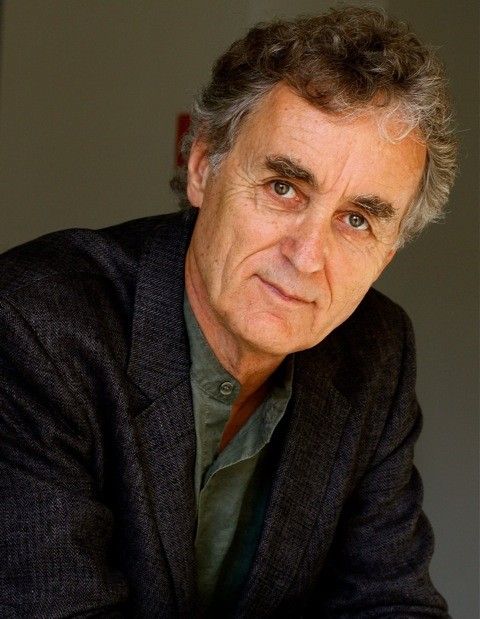

Heisenberg said that this was a great help for him. He realized there was, in fact, a whole culture that subscribed to very similar ideas. Heisenberg told me that these talks had helped him a lot with his work in physics, because they showed him that all these new ideas in quantum physics were in fact not all that crazy.

He talked a lot with Tagore about Indian philosophy. While he was working on quantum theory he went to India to lecture and was a guest of Tagore. He said that he was well aware of these parallels. He was very interested and very open, and he told me something that I think is not known publicly because he never published it. I lived in England then, and I visited him several times in Munich and showed him the whole manuscript chapter by chapter. I had several discussions with Heisenberg.

(p. 12, 4th ed.)Ĭapra later discussed his ideas with Werner Heisenberg in 1972, as he mentioned in the following interview excerpt:

But man needs both.”Īccording to the preface of the first edition, reprinted in subsequent editions, Capra struggled to reconcile theoretical physics and Eastern mysticism and was at first "helped on my way by 'power plants'" or psychedelics, with the first experience "so overwhelming that I burst into tears, at the same time, not unlike Castaneda, pouring out my impressions to a piece of paper". Capra summarized his motivation for writing the book: “Science does not need mysticism and mysticism does not need science. A bestseller in the United States, it has been translated into 23 languages. The Tao of Physics: An Exploration of the Parallels Between Modern Physics and Eastern Mysticism is a 1975 book by physicist Fritjof Capra.


 0 kommentar(er)
0 kommentar(er)
